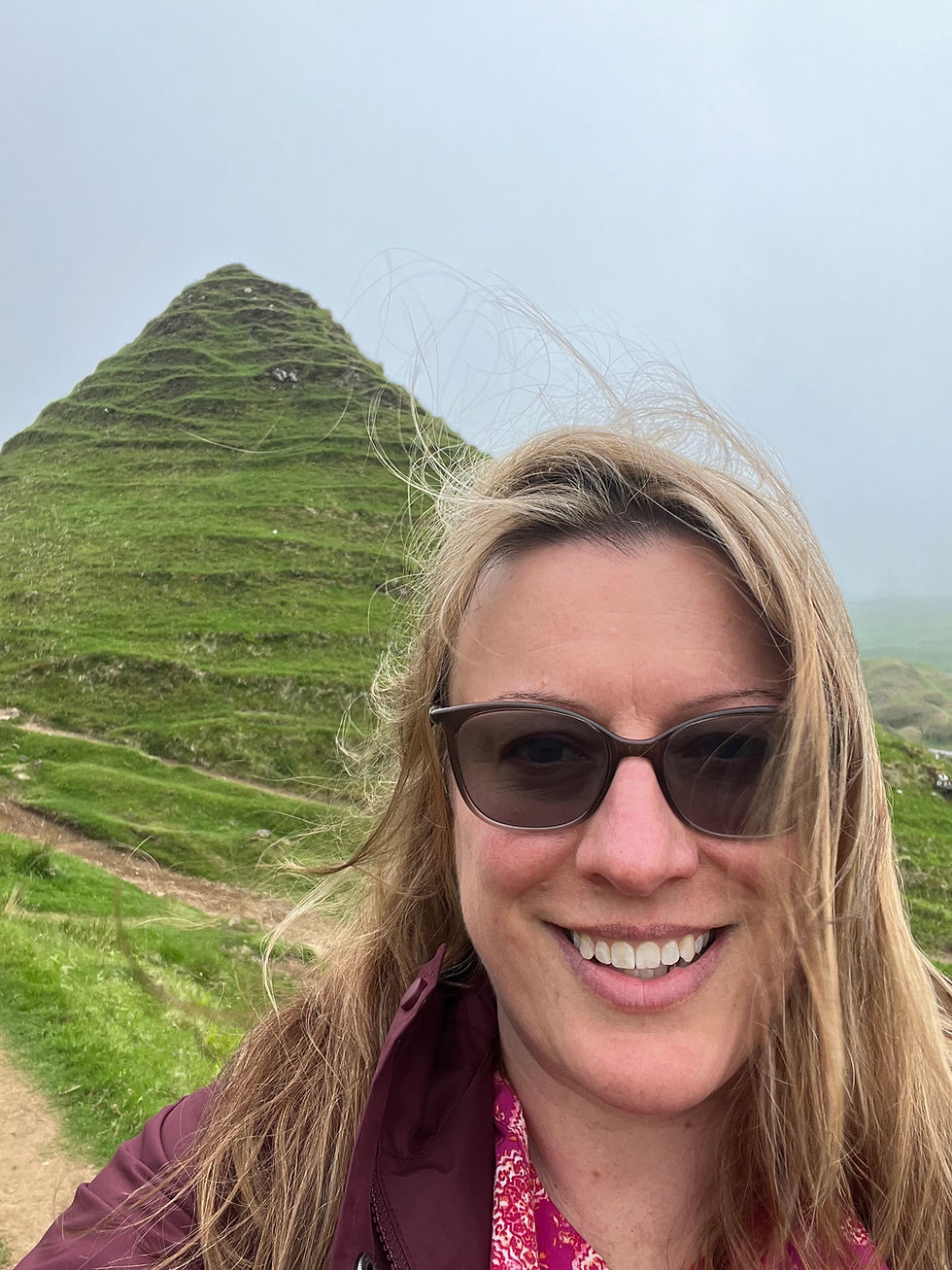The Thrive Methodology: H - History of Successful Change
- Sara Mangan Ramelb
- Mar 21
- 2 min read
Would it surprise you to know that you already possess the knowledge and skills needed to succeed in your next big endeavor? That you’ve already demonstrated the ability to achieve, create, and grow in ways that can inform and accelerate your next transformation?
I’m not suggesting that you instinctively understand the complexities of launching a business, mastering a new industry, or executing a flawless strategy. But I am saying that you already have the fundamental skills that have driven success in your past. You have a success toolkit unique to you: you have a history of learning how to adapt, solve problems, build relationships, and navigate challenges—skills that are transferable across any venture.

Often, the key to moving forward is rediscovering past successes and extracting the invaluable lessons they hold.
Looking Back to Move Forward
The next part of the Thrive Methodology is all about examining who you’ve been. It’s built on two core beliefs I’ve developed throughout my career in change and coaching:
You already know how to be successful. Somewhere in your life, you’ve experienced effortless success—moments where things just worked -as well as those hard-won. Identifying the traits and circumstances that supported those wins can illuminate the path to success in other areas.
Lasting change requires understanding its broader context—including the past. While coaching is often framed as a forward-looking discipline, I believe it’s crucial to take stock of history. Organizations do this all the time—assessing past successes, identifying strengths, and integrating those insights into their change strategies. Why wouldn’t we do the same in personal transformation?
Success Inventory: Unlocking Your Past to Forge Your Future
True coaching is about unlocking potential. A critical part of that is recognizing that you already know how to succeed—you just need to reconnect with that knowledge. This methodology refines traditional coaching and change management approaches by integrating the best of both disciplines.
So, let’s put this into practice. Take some time to reflect, decade by decade, on the key successes in your life—big or small. Stretch your definition of success beyond traditional markers of “big” achievements to consider the moments that felt natural, where you thrived effortlessly. What instincts, traits, or actions contributed to those successes? What external factors helped shape them?
It’s tempting to separate “then” from “now,” to believe that past successes were tied to circumstances that no longer exist. But resist that temptation. This exercise isn’t about nostalgia—it’s about a deep inventory of the traits, habits, and choices that have led to success before and can do so again.
By mining your history of success, you harvest the building blocks for the future—one that honors your strengths and ensures you move forward with clarity and confidence. The answers are already within you; your past victories are simply waiting to guide the way.









Comments